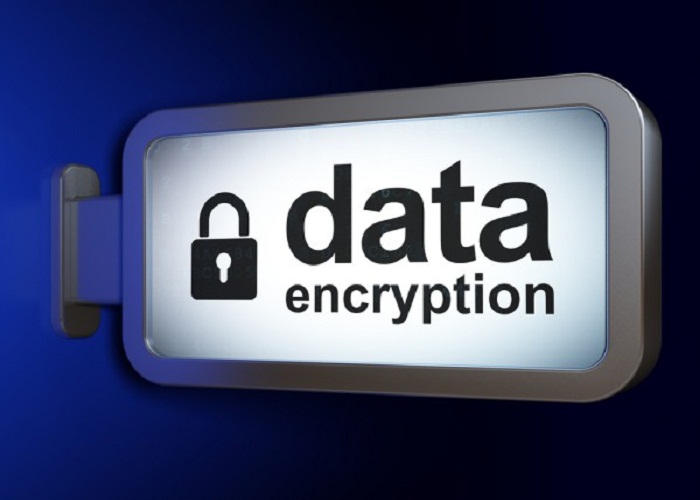Digital data is a lot more like physical data than you think. It can be stolen or lost through many of the same vectors. Physical data can be physically damaged to the point of uselessness. It can suffer damage from water and fire. And it can be mistaken for something else and shredded.
Physical data can also be stolen. You might keep it safe by placing it in a strong box under a security code or lock and key. You might also keep it safe by making a duplicate copy, keeping the copy in a safe place in case something unpredictable happens to the primary.
The good news is that while all of the same threats exist for digital data, all of the same protections also exist. As with physical data, keeping your digital data safe begins with keeping it physically protected.
Physically Protecting Your Digital Data
Though your data is digital, it is still stored on a physical medium. That physical medium is housed in a physical device. The cloud is a lie. It is physical all the way down. And as such, it is subject to all of the threats to any other physical object.
Judging by the number of cracked iPhone screens one casually spies, the greatest danger to digital data may be dropping one’s smartphone on concrete. Because of their larger screen area and slippery grip, you have even more reason for an iPhone 6 screen protector than for previous iPhones.
If your one and only copy of digital data happens to be on your iPhone, you have to protect the device as well as the data. The same is true for tablets and laptops. Leaving these mobile devices unprotected is the same as leaving your data unprotected.
Multiple Copies
Because data loss cannot be entirely avoided, and because bad things happen to good devices, you cannot be content with a single copy of anything you consider important. You need multiple copies backed up and stored in multiple places.
The importance of data backup can’t be overstated, especially for small businesses. It also needs to be said and repeated that one backup is not enough. You need two copies of your data in your possession, and another in someone else’s.
One copy might be on your smartphone, and another on your computer. The outside copy might be on iCloud or DropBox. If you don’t store data on your smartphone, the secondary copy should be on an external hard drive backed up at least daily.
Always assume that one of your machines is on the verge of dying at any moment. With that in mind, you should always have a way of restoring your personal data. Don’t get too focused on backing up the OS, system files, and applications. Those can be reacquired via other means. It is that data which cannot be so easily restored that needs multiple copies.
Under Lock and Key
Finally, you should put your data in the strongest lock boxes possible. The strength of those locks is up to you. Start by ditching your 4-digit unlock passcode, and go to a minimum of 6. An alpha-numeric passphrase would be even better.
Always use strong passwords for everything that can have a password. And never recycle passwords across services. A password manager might be required. But maintaining good password hygiene is one the single most important things you can do to stay safe in the cloud.
Finally, beware of phishing scams. The strongest lock in the world is useless if you open the door for a burglar. Phishing scammers do not crack passwords. They get you to give them the password by pretending to be someone you trust.
Never follow the link to a trusted partner from an email. If you must check and see if your credentials really do need to be updated, go directly to the site from the browser. Never, ever enter secure data into a site you accessed from a link in your email.
No system is 100%. But you can increase your chances of data security by protecting your devices, making multiple copies, and using better password hygiene.
